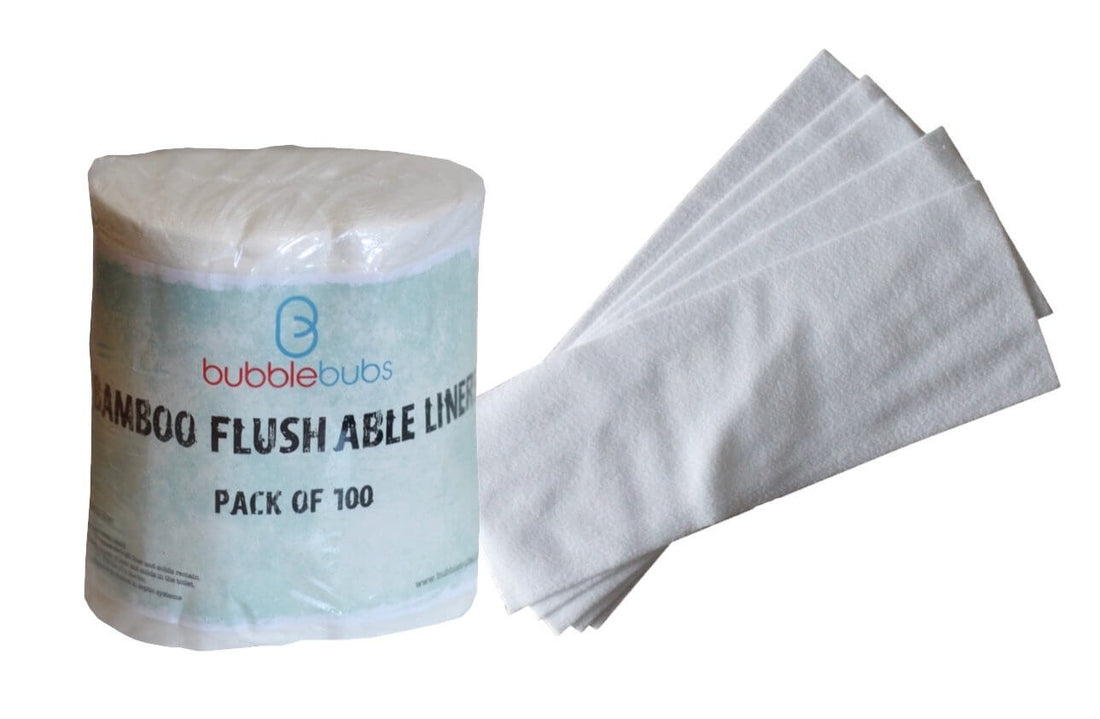
All about Liners
What is a liner? Quite simply it's a thin piece of fabric or bamboo/corn starch that goes on the inside of your cloth nappy.
What are they used for? The main reason liners are used in modern cloth nappies is to catch the solid poo to make it easier to dispose of in the toilet.
What sort of liners are available? There are 2 types available, single use flushable liners and reusable fleece liners.
What's the difference? Flushable liners are made from cornstarch or bamboo and are designed to break down within around about 10-16 days in the sewage system. Reusable liners on the other hand are made from microfleece and (generally) allow you to flick the poo off into the toilet then you wash them with your cloth nappies.
Do I need liners for newborns? Flushable liners are not necessary for newborns as their poo is liquid and will seep straight through into the nappy anyway. Microfleece liners on the other hand help to keep bub a little drier so if you were wanting to use a liner for the newborn stage we'd recommend microfleece over flushable.
I've heard there's issues with flushable wipes clogging up the sewage plants is this the case with liners? Yes and no. Vashti from Nest Nappies has sent away samples of our liners to Urban Utilities for testing. They have verbally advised that they are not concerned with them in the treatment plants and we are just waiting for written confirmation of this. We are of the opinion that poo needs to be dealt with in the sewage system rather than in landfill and therefore recommend that any soiled flushable liners go into the toilet, any that are wet only be thrown in the bin.
Are flushable liners suitable for septic tanks? Whilst the liners break down within a fortnight in the sewage system they start to breakdown on their 12hr journey to the treatment plant, a ride they don't experience with a septic system. We haven't tested our liners in a septic tank so we'd say you're better to err on the side of caution and not use them.
